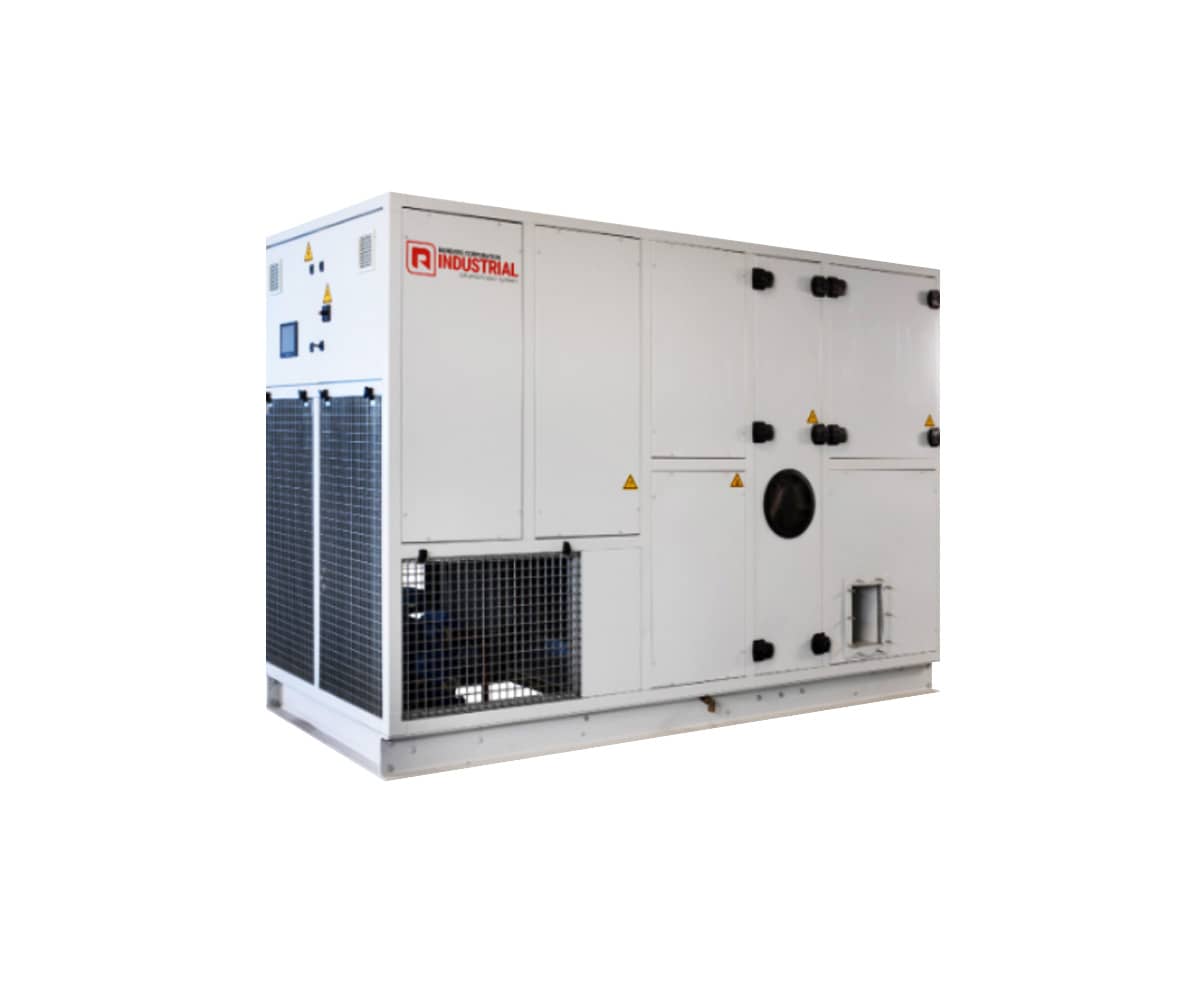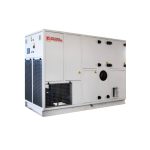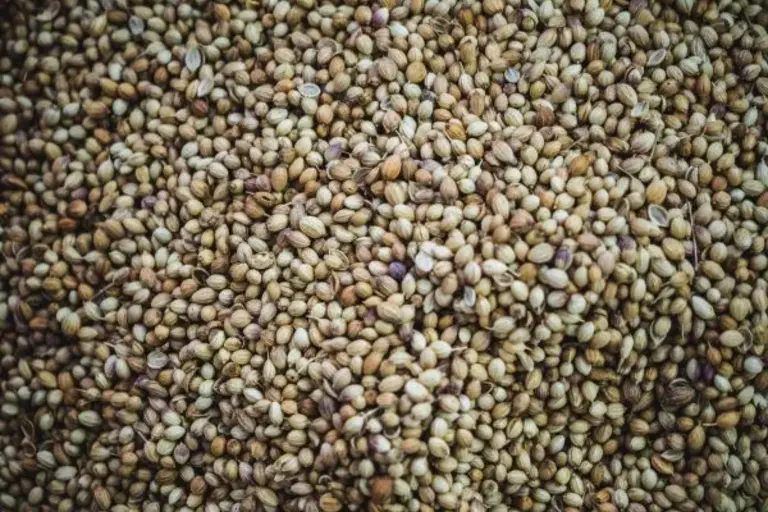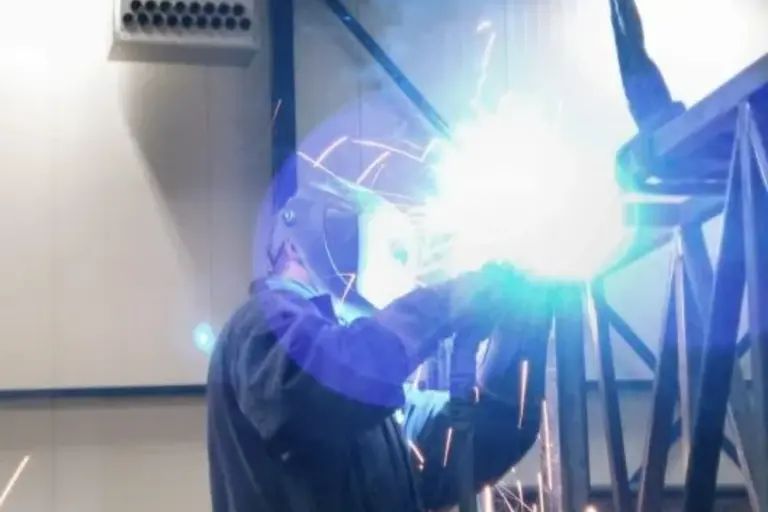Features
A hybrid drying system is designed to draw air from outside. Regeneration is provided by a heat pump.
Process air
The heat pump is able to provide regeneration energy completely independently. The process air is cooled and will have the requested temperature and humidity levels after the rotor.
Regeneration air
The regeneration air is obtained entirely from outside. It successively passes through a liquid cooler, the condenser, the drying wheel and a cooler block. Some of the air used to cool the condenser can pass through the rotor. Excess process air is returned to the regeneration section through a three-way valve. The dehumidification capacity increases because dried air is used for regeneration. In the liquid cooler, residual heat is extracted from the hot refrigerant. The COP of the refrigeration system increases, allowing a smaller compressor with
lower energy consumption can be used.
- Guaranteed product quality
- Excellent for processes with a maximum dehumidification temperature
- More residual heat than condenser heat alone
- All components are accessible through the housing
- Optimized to minimize energy consumption
- Subsidy opportunities for the heat pump technology used by the hybrid dehumidification
Specs
- PLC-control including stepless capacity control cooling system 25-100%
- Touchscreen for process visualization, parameter setting and status readout
- Integrated control cabinet with electrical components
- Temperature sensors
- Industrial T+RV sensor outside air
- Semi-hermetic suction gas-cooled R513a compressor, frequency controlled. Includes oil pressure controller, oil pump and more powerful electric motor
- High and low pressure protections according to PED
- Adsorption motor in 50/50 configuration (82% bonded silica gel)
- Cu/Al internal evaporator
- Cu/Al internal condenser
- Cu/Al internal liquid subcooler
- Cu/Al internal evaporator for heat recovery
- Frequency controlled radial fan
- Expansion valve
- EU7 filter section
- Differential pressure sensors for filter resistance
- Differential pressure sensors for flow rate measurement of fans
- Airside three-way valve and actuator for bypass process regeneration
Customizable system specifications
- Dehumidification capacity (liters/hour)
- Outside air maximum
- Temperature (°C)
- Absolute humidity (g.kg-1)
- Associated RH (liters/hour)
- Filterclass process air
- Available external static pressure process air (Pa)
- Housing dimensions (mm)
- Rotor diameter
- Housing
- Electrical connection (V/ph/A)
- Outflow dehumidifier
- Flow rate (m3/h)
- Available external pressure (Pa)
- Temperature (°C)
- Absolute moisture content
High-quality materials
- Robust steel frame
- Aluminium cabinet profiles
- Double-walled and insulated panels made of galvanized and powder-coated plate
- Cabinet panels are smooth on the inside for hygiene reasons
- Equipped with class EU7 bag filters to protect internal components and prevent rapid pollution of the rotor, keeping the drying capacity intact

Contact our experts for advice or information
Mollier diagram
The Mollier diagram, also known as the h-x diagram, is a visual tool used to represent the thermodynamic properties of moist air. The diagram was developed by Richard Mollier in 1923 and is often used in industry for applications such as air handling, refrigeration and heating systems. Our experts at Reinders Industrial can help advise you on the Mollier Diagram.











